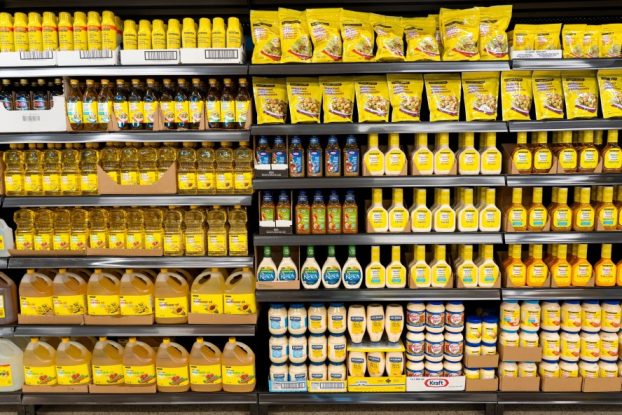We’ve all heard the calls from advertisers and agencies that – amidst tightened marketing budgets – more return on investment (ROI) data needs to be demonstrated. However, one is given pause when one looks at the way many companies manage their retail-based brand marketing – especially when you consider that retail is the point at which 70% of all brand purchase decisions are made.
While virtually all companies manage both advertising creative and media planning through their strategic marketing departments, those inner sanctums are often off limits to planners of in-store advertising. The sad result is that the ad messages disseminated through broadcast, print or the Internet fail to be disseminated at retail. There is obviously a squandering of the potent opportunity to boost impulse purchases. But, there is also a second lost opportunity: the one to amplify – or ‘add legs to’ – the handsome investments already made via other media vehicles.
The issue of marketing accountability and ROI has recently come to the fore with POPAI’s release of the final report from the supermarket phase of the ‘In-Store Advertising Becomes a Measured Medium’ study, undertaken with the Advertising Research Foundation (see ‘The findings,’ right). The study aims to transform in-store advertising into a measured advertising medium, on par with print and broadcast.
We’ve developed a credible estimate for the proof of placement of in-store ads. Previously, our industry’s failure to provide such a figure stood as the largest single impediment to P-O-P advertising being seen as a measured medium. The data on this point are instructive. For example, at the main shelf, less than 13% of all product facings are supported with advertising. At product displays, only a little more than a quarter (27%) enjoy ad support. This shows that there are vast opportunities lying in-store for communicating key brand messages.
Also, we’ve calculated the cost-effectiveness of in-store advertising, while developing a credible audience delivery measure. One rough estimate found that the cost of generating 1,000 in-store consumer impressions over a two-week period was less than $8.60 – a figure roughly comparable to that delivered by radio and out-of-home media.
In the final report (now available free to POPAI members at www.popai.com) it is conclusively proven, in one instance, that in-store advertising had an ROI of 10.7 cents per incremental sales dollar.
Of course, no study of in-store advertising would be complete without finding what P-O-P ads do to increase sales. For product categories such as beer, carbonated soft drinks, snacks and other consumer products, we saw sales increases ranging from 14% to 27%. Additionally, when different combinations of in-store advertising vehicles were used, we saw sales increases of up to 65%.
Ultimately, what this study delivers is the information needed to comprehensively plan the use of in-store advertising at the top of a marketing campaign. Organizations failing to heed this opportunity risk squandered sales opportunities.
Dick Blatt has served as president of POPAI, a Washington, D.C.-based
P-O-P trade association, since 1992. For more information visit www.popai.com.
The findings
The supermarket phase of POPAI’s ‘In-Store Advertising Becomes a Measured Medium’ study covered 94 brands and encompassed 250 stores, including independents and the top 15 supermarket chains in 22 different U.S. cities. Sponsored by Anheuser-Busch, Frito-Lay, Procter & Gamble, Pepsi-Cola Company, Pfizer/Warner-Lambert, and Ralston Purina, the study included the following categories: beer, cereal, salty snacks, cold/allergy/sinus, dog food, carbonated soft drinks, laundry detergent, shampoo and conditioner.
Sales increases
* The study found that P-O-P advertising generated incremental sales ranging from +2% to +65%, independent of any price reductions
* Brand signage alone resulted in a sales increase of up to 2%
* Addition of a base wrap boosted sales by up to 12%
* Adding a standee increased sales by up
to 27%
* Adding an inflatable/mobile increased sales by up to 40%
* A sign communicating the brand’s tie-in with a sport, movie or charity boosted sales by up to 65%
Reach
* In our sample, the potential reach per store was found to range from 2,300 to 8,000 shoppers per week, depending on store size and volume. The average supermarket in the sample delivers about 6,000 impressions each week.
CPM
* In one case, P-O-P cost-per-thousand (CPM) was found to be about $6 to $8 – close to that of out-of-home or radio – or approximately half the cost of television advertising.
Opportunities
* One of the key opportunities unearthed by the study is ensuring advertising is placed at all areas in store where product appears. When advertising appeared at the product display, it was found at the main shelf only between 22% to 35% of the time. Many consumers only see the product at the shelf, so they miss the message.























